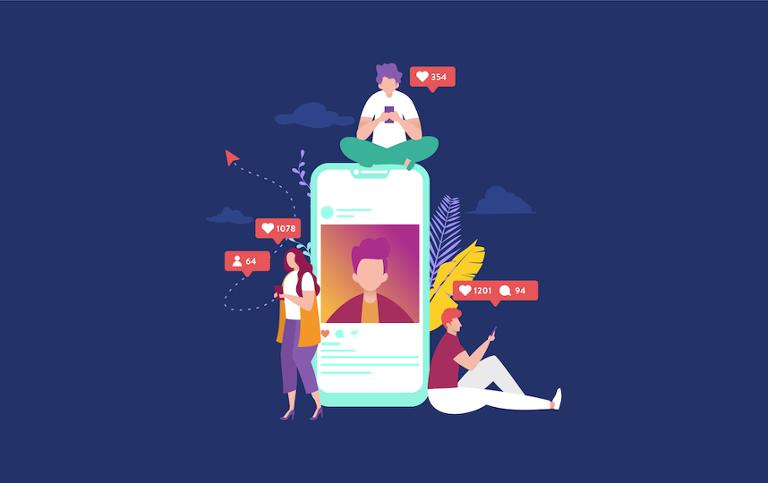
More Americans than ever are only interacting with the web via their smartphones and other mobile devices. For web app designers and any tech professionals who work with UI/UX, that means it’s more critical than ever to design mobile interfaces that look good and work well.
According to data generated by the Pew Research Center, some 37 percent of Americans claim they mostly use a smartphone when interacting with the Web—a number that’s nearly doubled since 2013, when 19 percent did so. Moreover, 58 percent of younger Americans (i.e., those aged 18 to 29) mainly used their smartphones to get online, suggesting this trend will only accelerate in years to come.
“Indeed, mobile devices are not simply being used more often to go online—some Americans are forgoing traditional broadband at home altogether in favor of their smartphone,” Pew wrote. “A majority of adults say they subscribe to home broadband, but about one-in-four (27 percent) do not.” Among lower-income Americans, roughly one quarter only use their smartphones to access the web; and many don’t have home-based broadband at all.
For any tech firm building a mobile app or website, the lesson from this is clear: If the product isn’t mobile optimized, a significant portion of the user base isn’t going to have an ideal experience. A poor mobile experience may also have an impact on Google search results, which (if you believe the SEO experts) favor mobile optimization.
According to Dice’s data, the average mobile designer earns an average of $123,071 per year, while UX designer salary is at an average of $96,604. Of course, not everyone can graduate from college or a design course and walk into a job that pays that much; as with every “average” salary, well-compensated senior workers often skew the overall numbers higher.
Nonetheless, design is core to whether websites and mobile apps succeed, and companies with the resources often aren’t willing to skimp on good designers. For those interested in Web design, it’s vital to learn HTML, CSS, PHP, JavaScript, and XML; also key is platform knowledge of WordPress, Indesign (or the wireframing tool of your choice) and Adobe Photoshop. Designer roles also place a heavy emphasis on “soft skills” such as communication, since design often needs to be explained to various stakeholders.
In the context of mobile, knowing iOS and Android is also vital, which means that any designer should at least become somewhat familiar with the programming languages undergirding these platforms: Swift and Objective-C for iOS, and Java and Kotlin for Android. Fortunately, Apple has some good documentation on designing for the iPhone and iPad, as does Google for Android.


